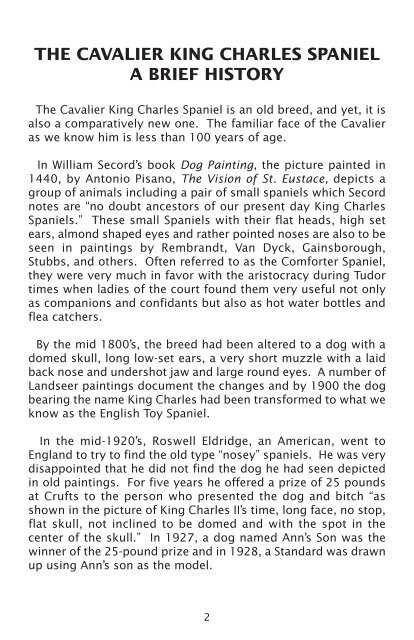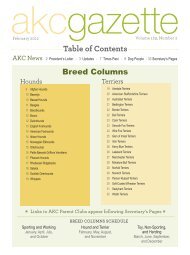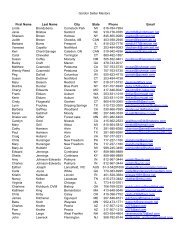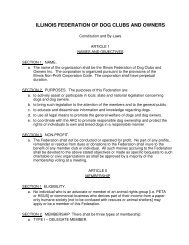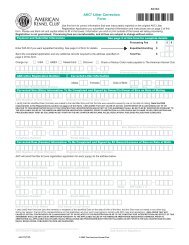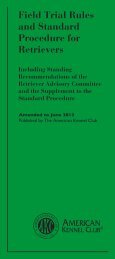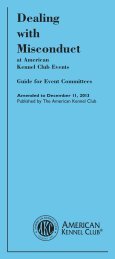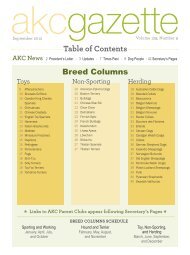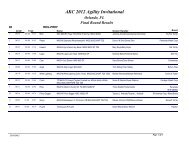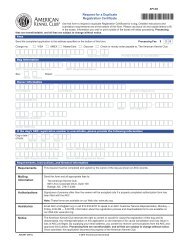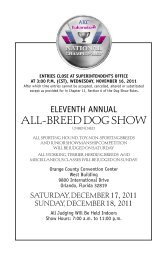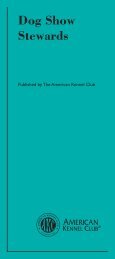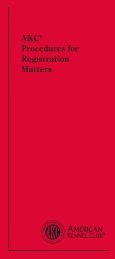You also want an ePaper? Increase the reach of your titles
YUMPU automatically turns print PDFs into web optimized ePapers that Google loves.
<strong>THE</strong> <strong>CAVALIER</strong> <strong>KING</strong> <strong>CHARLES</strong> <strong>SPANIEL</strong><br />
A BRIEF HISTORY<br />
The Cavalier King Charles Spaniel is an old breed, and yet, it is<br />
also a comparatively new one. The familiar face of the Cavalier<br />
as we know him is less than 100 years of age.<br />
In William Secord’s book Dog Painting, the picture painted in<br />
1440, by Antonio Pisano, The Vision of St. Eustace, depicts a<br />
group of animals including a pair of small spaniels which Secord<br />
notes are “no doubt ancestors of our present day King Charles<br />
Spaniels.” These small Spaniels with their flat heads, high set<br />
ears, almond shaped eyes and rather pointed noses are also to be<br />
seen in paintings by Rembrandt, Van Dyck, Gainsborough,<br />
Stubbs, and others. Often referred to as the Comforter Spaniel,<br />
they were very much in favor with the aristocracy during Tudor<br />
times when ladies of the court found them very useful not only<br />
as companions and confidants but also as hot water bottles and<br />
flea catchers.<br />
By the mid 1800’s, the breed had been altered to a dog with a<br />
domed skull, long low-set ears, a very short muzzle with a laid<br />
back nose and undershot jaw and large round eyes. A number of<br />
Landseer paintings document the changes and by 1900 the dog<br />
bearing the name King Charles had been transformed to what we<br />
know as the English Toy Spaniel.<br />
In the mid-1920’s, Roswell Eldridge, an American, went to<br />
England to try to find the old type “nosey” spaniels. He was very<br />
disappointed that he did not find the dog he had seen depicted<br />
in old paintings. For five years he offered a prize of 25 pounds<br />
at Crufts to the person who presented the dog and bitch “as<br />
shown in the picture of King Charles II’s time, long face, no stop,<br />
flat skull, not inclined to be domed and with the spot in the<br />
center of the skull.” In 1927, a dog named Ann’s Son was the<br />
winner of the 25-pound prize and in 1928, a Standard was drawn<br />
up using Ann’s son as the model.<br />
2


